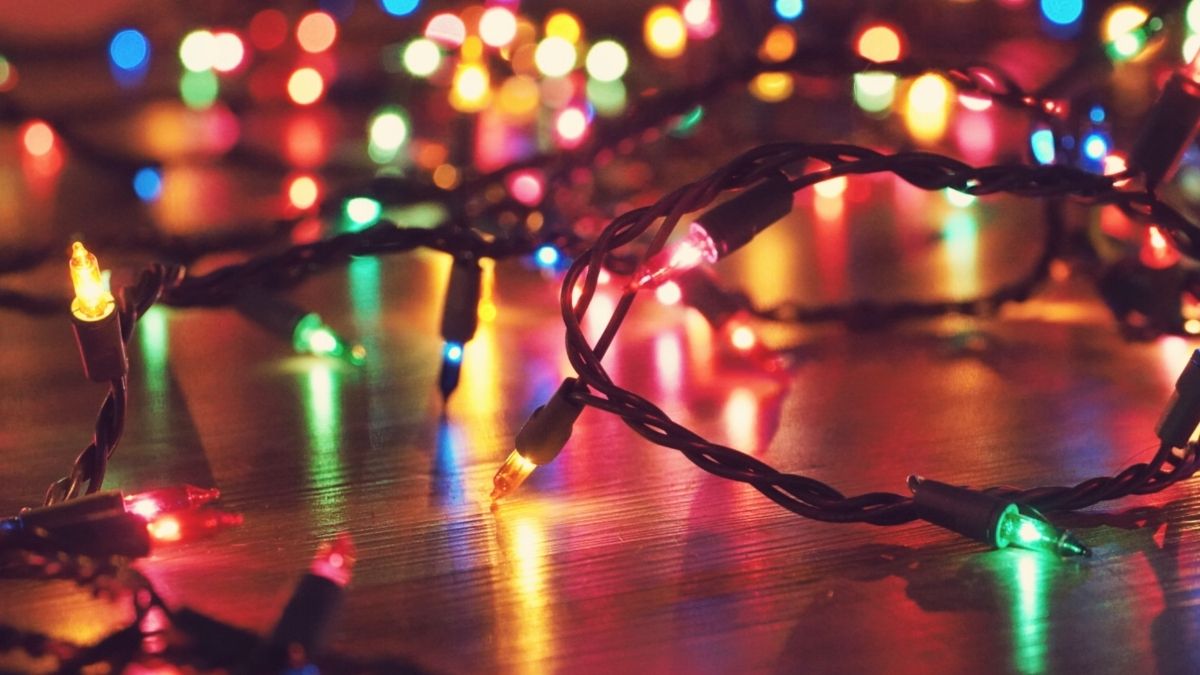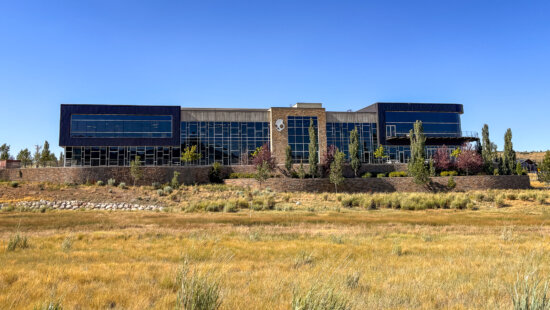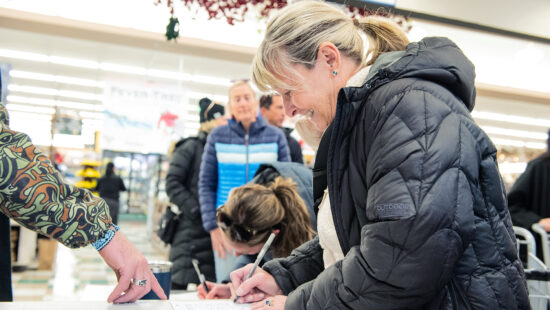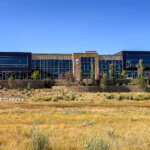Community
Park City’s multi-generation Olsen Electric shares a Holiday Lights Safety Guide
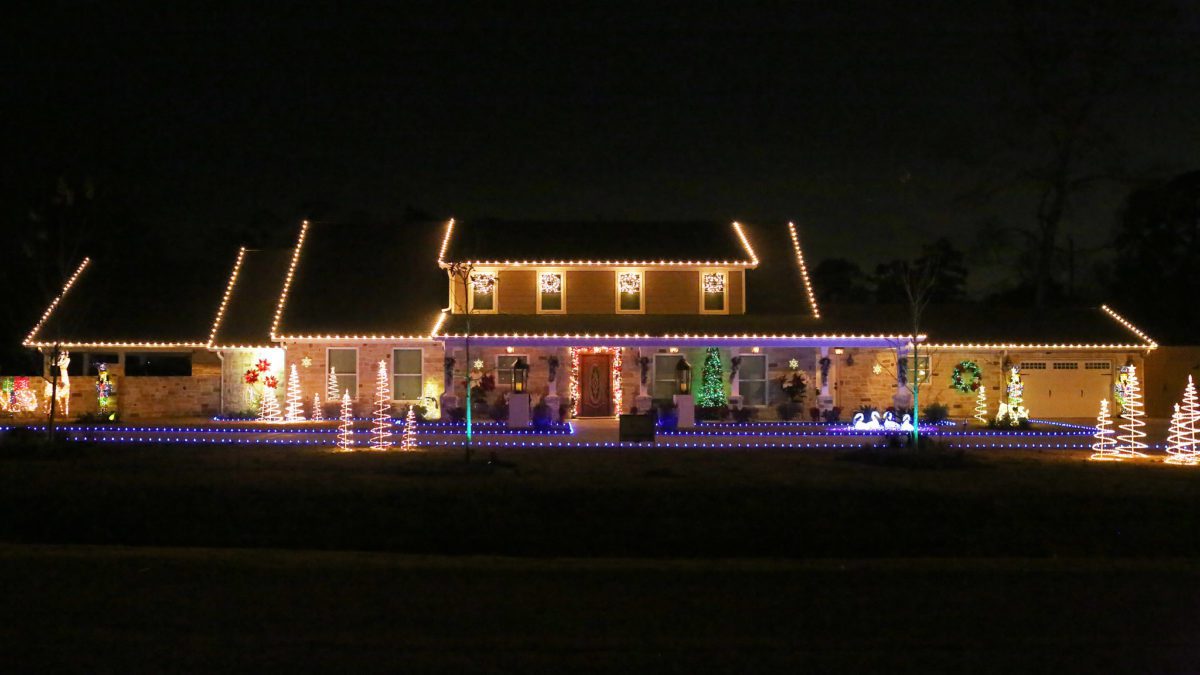
Holiday lighting safety tips from Park City's Olsen Electric. Photo: Jill Carlson
PARK CITY, Utah — Whether you’re putting up decorative holiday lights at a year-round residence, a second home, or a short-term rental, safety first is the name of the game when it comes to holiday lighting.
Kris Olsen was born and raised in Park City. He and his dad own and operate Olsen Electric, a company that has served the community’s electrical needs for four decades. They can be reached at 435-649-6083.
Olsen told TownLift that there are four points to keep in mind this season.
- Make sure all circuits you plug into are GFCI protected. You should find GFCI protection in the following areas: kitchens, bathrooms, garage, mechanical, crawl spaces, attics and especially exterior, regardless if it’s an eave outlet or lower to the ground. Without GFCI protection, a person can risk serious injury and even death. And if you are plugging something into a GFCI receptacle and it trips, the GFCI is not bad, it’s doing its job.
- Do not cheap out on extension cords. Buy quality electrical cords and take care of them. Even on the job site, during construction, one key thing people do is mistreat their electrical cords. Even a bad electrical cord can cause a GFCI outlet to trip, which can be frustrating for a client and costly as well, especially if it involves a service call from us. Most people buy the #16 gauge wire size extension cords, which is fine for most applications, even holiday outlets. However, I recommend at least buying #14 or up (in wire size, it’s opposite, so #10 is a larger wire than #14, even though the number 14 is larger). Another thing to note is with any wire, distance creates resistance, and more resistance means more strain on the circuit and potential fire hazard. So if you are adding holiday lights onto a tree or post, a few hundred feet away from your power source, again buy a larger wire size extension cord.
- Make sure you have dedicated circuits for all your holiday outlets. I know of one house we wired where I have four dedicated 120v 20 amp circuits just for holiday outlets. Granted this was back when most holiday lights were still halogen/incandescent, so the power demand was much larger. Even still, LED’s, despite drawing less power, still draw power. And it is easy to get carried away with adding more light.
- You do not need to be an electrician to install holiday lights. However, before you proceed in adding any sort of holiday circuits, please consult with an electrician first to verify if you have GFCI protection in the areas you want to add holiday outlets and to see if the circuit is viable to handle the requirements (this same request is also best if you want to buy and EV car or install heat tapes).
Olsen adds, “There is nothing that says you cannot put lights up near heat tape. Just make sure they are not using the heat tapes to support the holiday lights, and if possible, make sure they are on different circuits. Holiday lights are required to be GFCI protected. Heat tapes on the other hand are required to be GFEPD protected. Similar protection, however, not as sensitive. GFCI protection is for human protection, GFEPD is for equipment protection, so again, not as sensitive.”
Regarding placing lights near actual icicles on exteriors, Olsen said, “I do notice a lot of installers, especially on eave holiday lights, use the custom holiday lights, which means they cut and splice on site. Any splice that is subject to moisture is likely to trip a GFCI, and heat tapes are designed to direct moisture to the ground. If heat tape is present or not, icicles can form and possibly get into a splice. So any installer should be mindful where they are splicing. Over time, it could potentially cause the GFCI to trip and cause a costly service call. Remember, just because they installed it does not mean they will service it. Anytime there is a problem, an electrician is called to service and possible repair.”
Olsen included one final bit of applicable Park City tribal knowledge holiday lighting safety to keep in mind for future seasons. Consult an electrician first before doing any sort of major electrical project, even holiday outlets. However, if you are considering adding holiday lighting (or even heat tapes and EV vehicles), don’t wait until October through December. During that time period, the electrical companies in the Park City area are busy with holiday pushes (such as finishing homes to move into for the holidays) as well as hot tubs and heat tapes.
View this profile on Instagram
Olsen Electric office location:
















